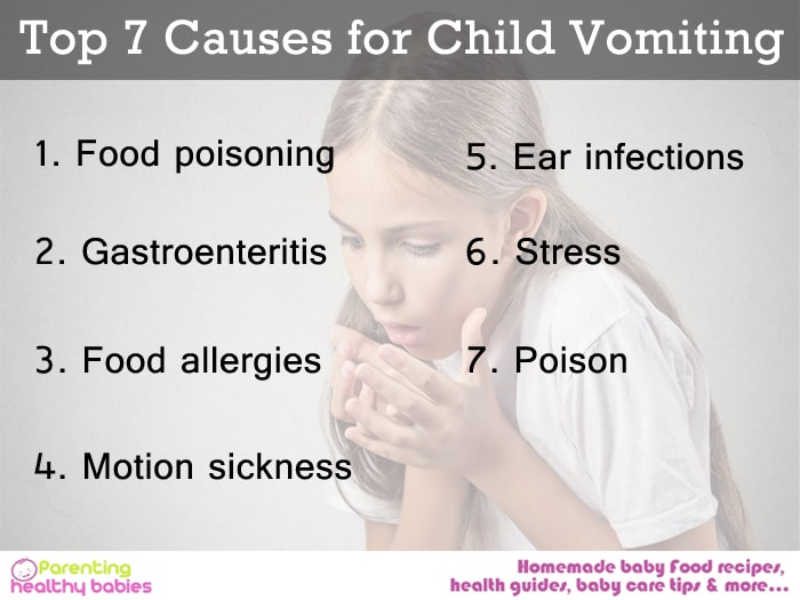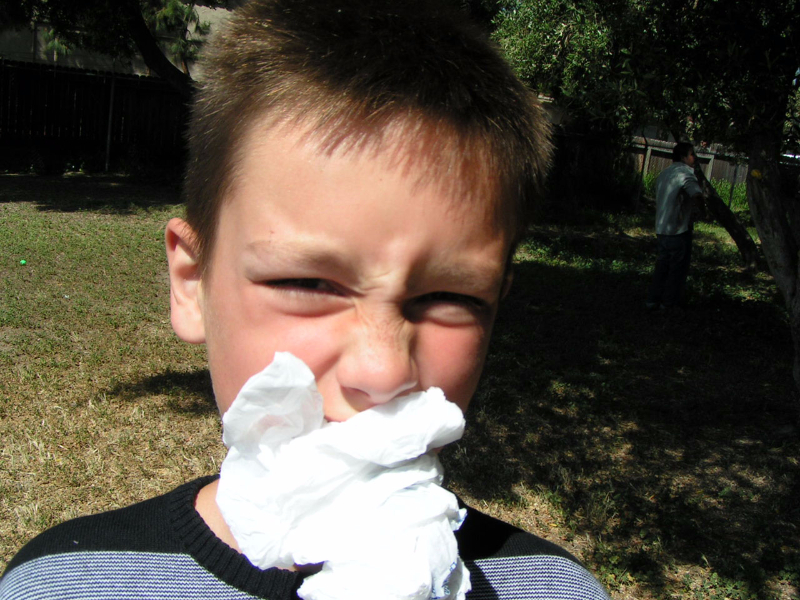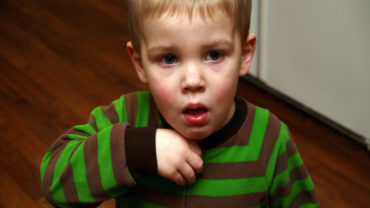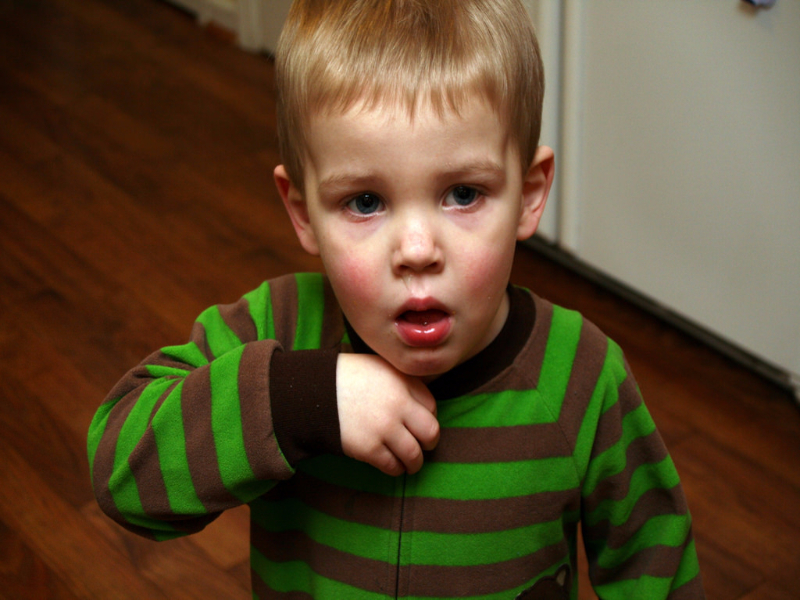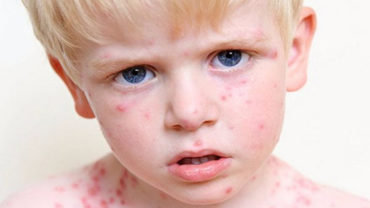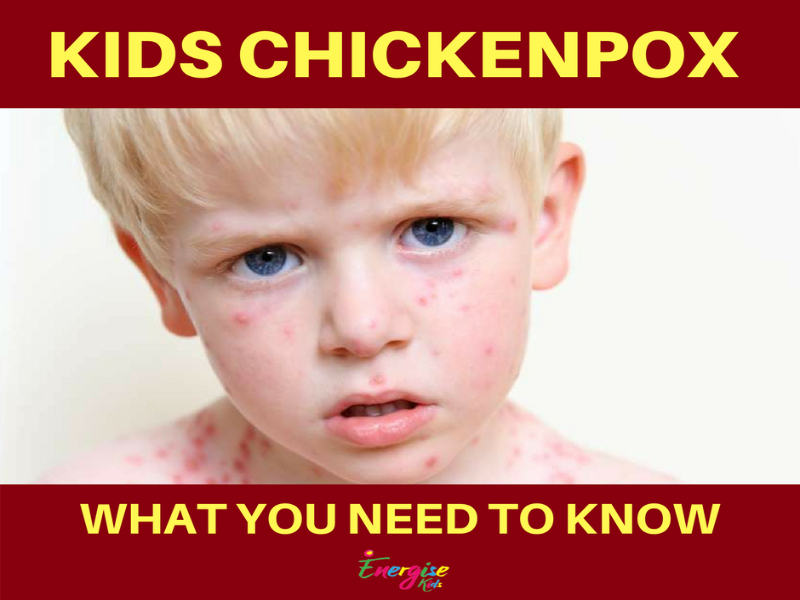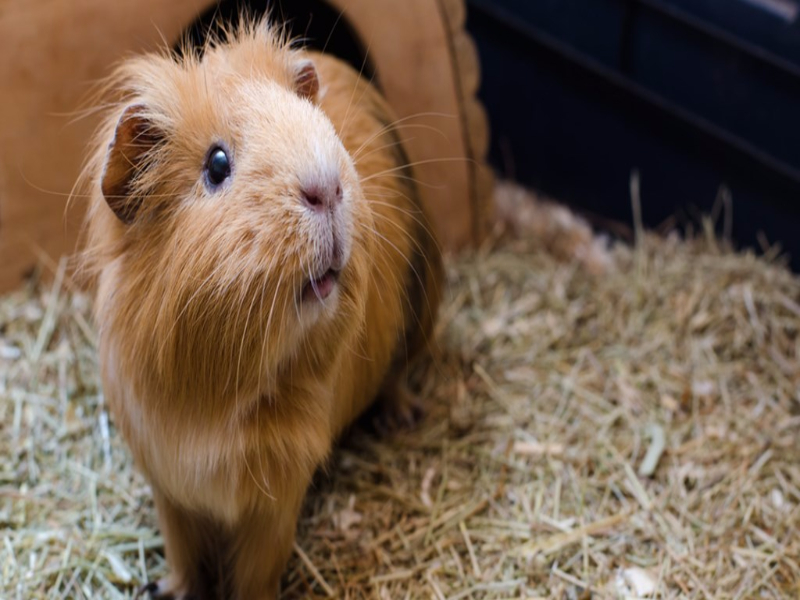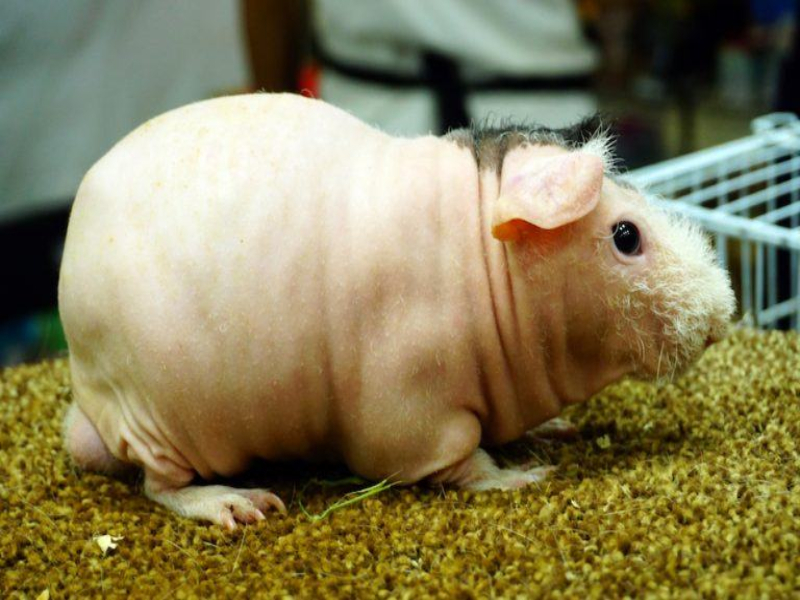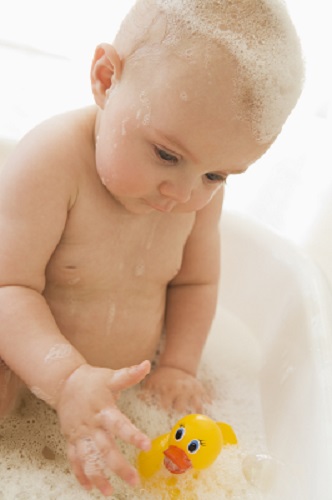Via Hello Magazine: How to limit the effect of sugar on children’s teeth
Kids tuck into more sugary snacks during the summer holidays than at any other time of the year, according to parents. With their children enjoying the freedom of the summer break, mums and dads are struggling to monitor the sugar intake of their little ones, the study found.
Worryingly, two thirds of parents admitted it’s an uphill struggle to prevent their kids from snacking on sugary treats. And as many as one in three even went as far as to reveal they don’t monitor how much sugar their kids consume. Yoghurts are the biggest issue, with seven in ten parents admitting their children eat these at least twice a week – despite some pots containing 15g of sugar or more.

While 49 per cent of mums and dads said their offspring will eat at least a couple of sticky cereals bars every week – even though they often include at least five teaspoons of sugar. Low sugar items such as fruit and vegetables are kept to a minimum for many kids, with one in ten parents revealing their children eat these foods once a week or less. And half said their offspring eat crackers and breadsticks on one occasion each week – if that.
A spokesman for mydentist.co.uk which commissioned the research of 1,000 parents with children aged six months to 16 years, said: “These are truly worrying statistics. ‘Despite oral health improving in children in recent decades, the number one reason for hospital admissions remains tooth decay even though children receive free dental care.
“Simple things like applying fluoride on children’s teeth twice a year from an early age can make a real difference, and regular visits to the dentist should be a given. It can be challenging for parents during the summer period with its change of routine to monitor their child’s sugar intake.
“Compounding this is the lack of consistency in food labelling. The majority are labelled with adult recommended daily intakes and there are numerous different colour systems utilised, adding to the lack of clarity. I would recommend that parents take their children for regular detail checkups and ask their dentist for advice on how to avoid high sugar foods.”
It also emerged 36 per cent of parents said their kids are exceeding the recommended daily sugar allowance of 6 teaspoons. Alarmingly 40 per cent of those polled thought the high sugar threshold is greater than it actually is. And a third of mums and dads couldn’t correctly explain what ‘sugar free’ or ‘no added sugar’ means, with some under the impression it means the food product is suitable for vegetarians. Almost one fifth said they are less likely to buy a product for their kids if it is labelled ‘sugar free.’ While just 18 per cent look at the traffic light labelling on food, despite recommendations consumers check this.
Among the most common methods used by parents to limit the effects of sugar on their children’s teeth are using a straw when drinking, ensuring their teeth are brushed twice a day and regularly visiting the dentist.
TOP TIPS TO KEEP YOUR CHILD’S TEETH CLEAN:
- A fluoride varnish treatment is a great way to protect against cavities and prevent further tooth decay (kids over three twice a year)
- Whenever your child does have a sugary snack, make sure they do so at mealtimes. At mealtimes they produce more saliva, which helps to reduce the effects of harmful acid attacks.
- Encourage your child to drink fruit juices and sugary drinks through a straw.
- Change4life have a great programme called Sugar Swaps. Sugar Swaps makes it easier to change the unhealthy parts of your diet for more smile-friendly options
- Avoid sippy cups and bottles from an early age, especially at night
- The best time to create healthy eating behaviours is when a child is between three and five. Choosing healthier options at this time in your child’s development is more likely to have a lasting impact on their dental health.
- Limiting fruit juice to meal times will greatly reduce your toddler’s exposure to sugar, which can badly damage their teeth.










